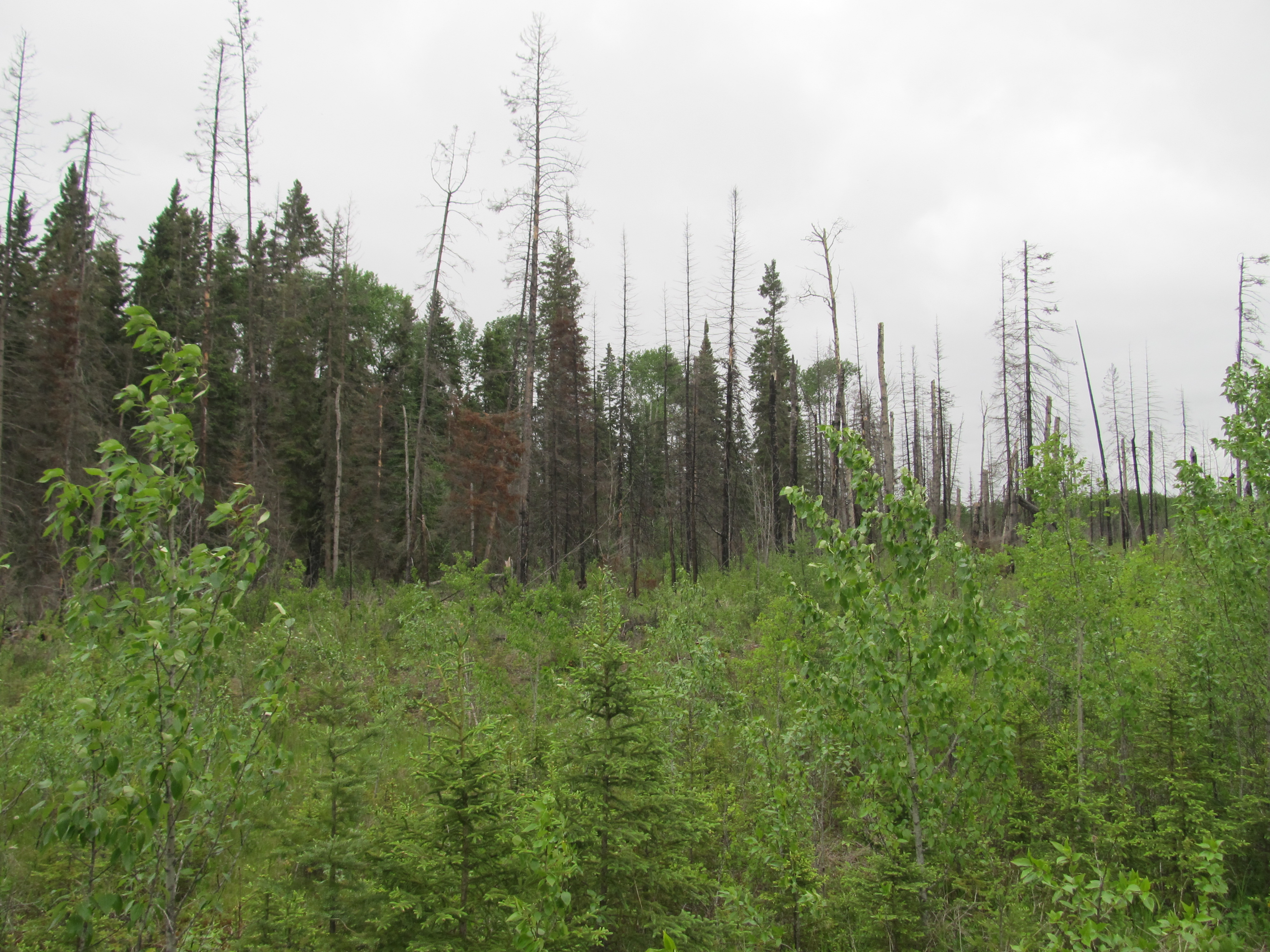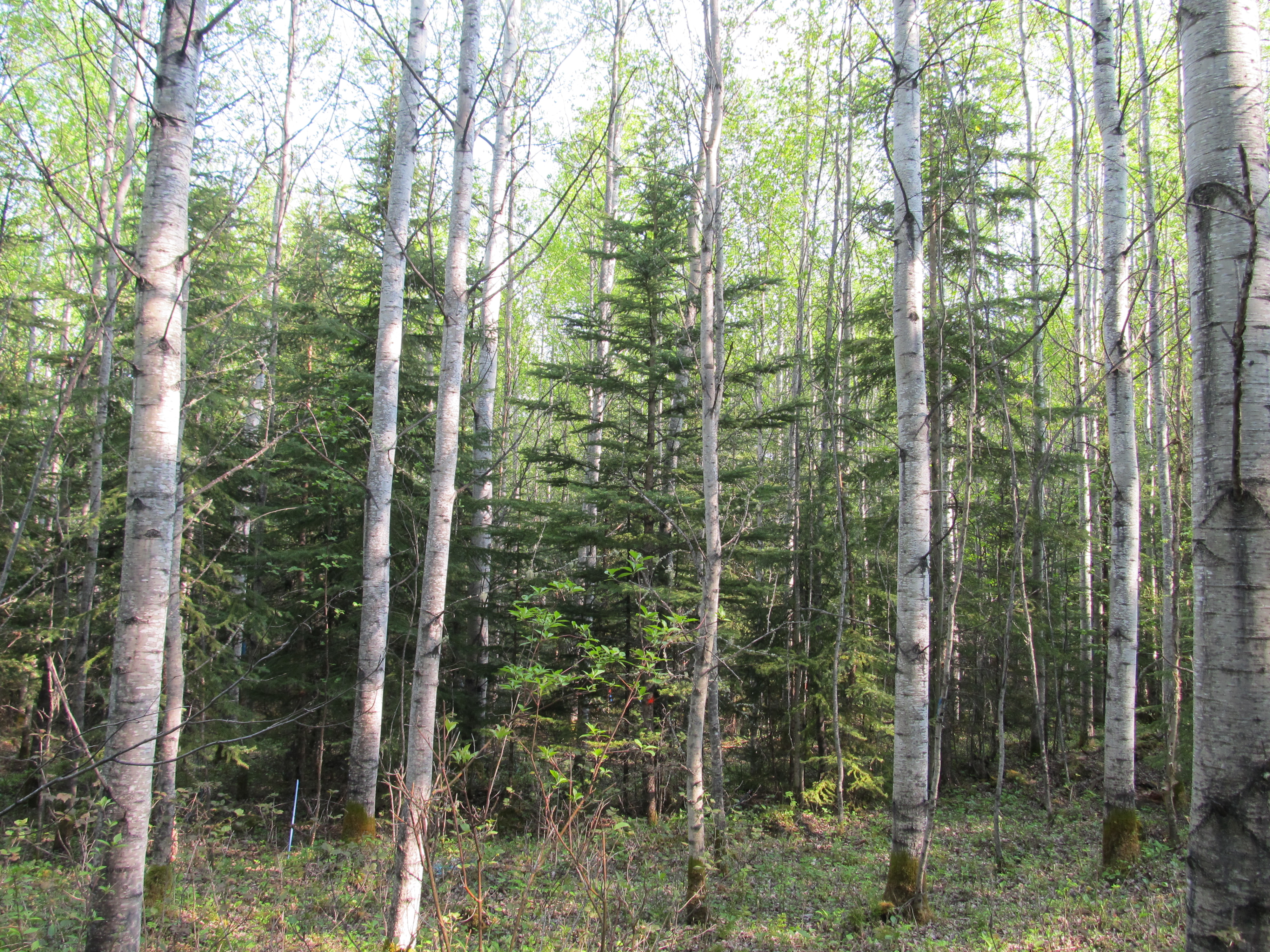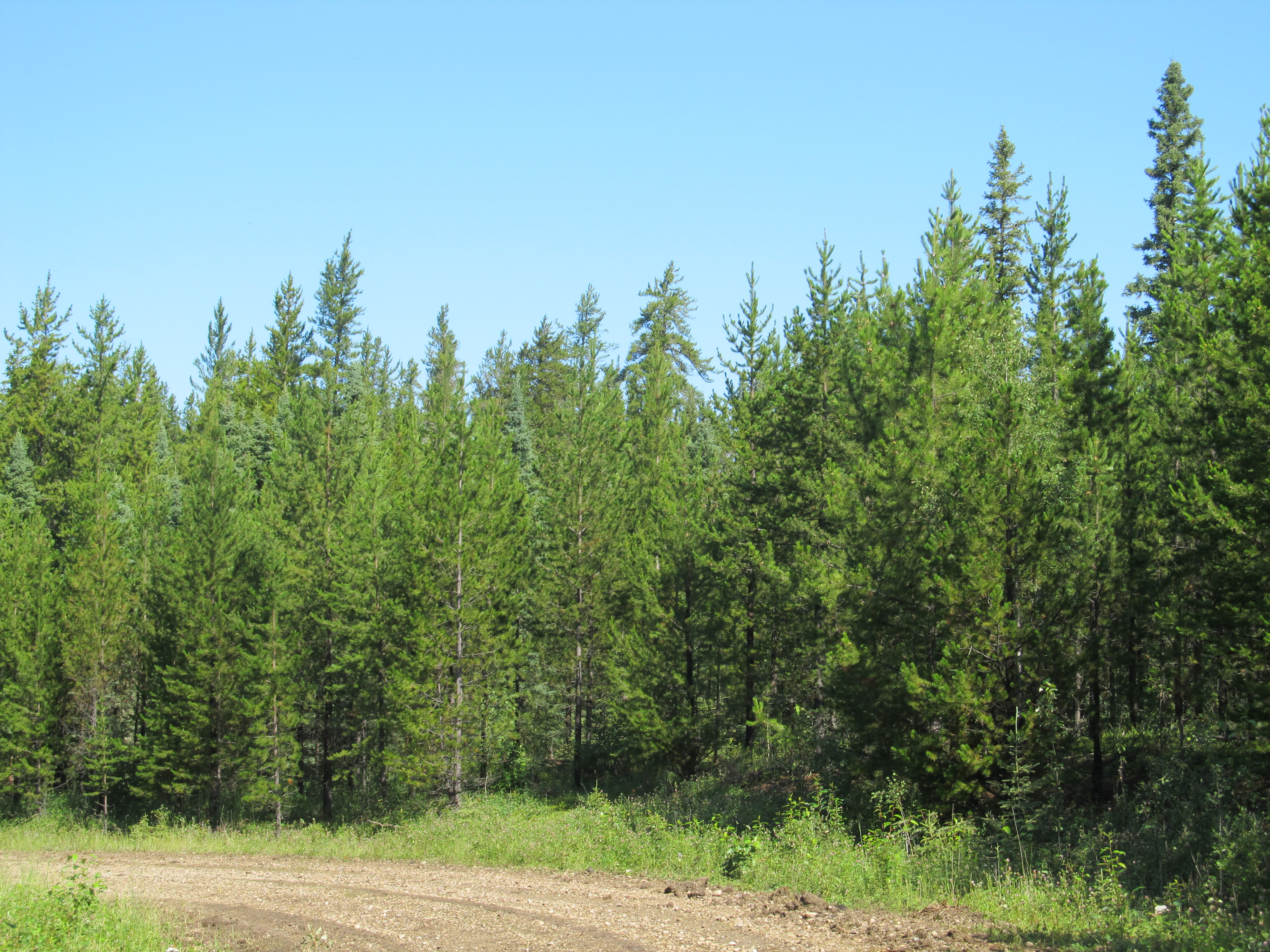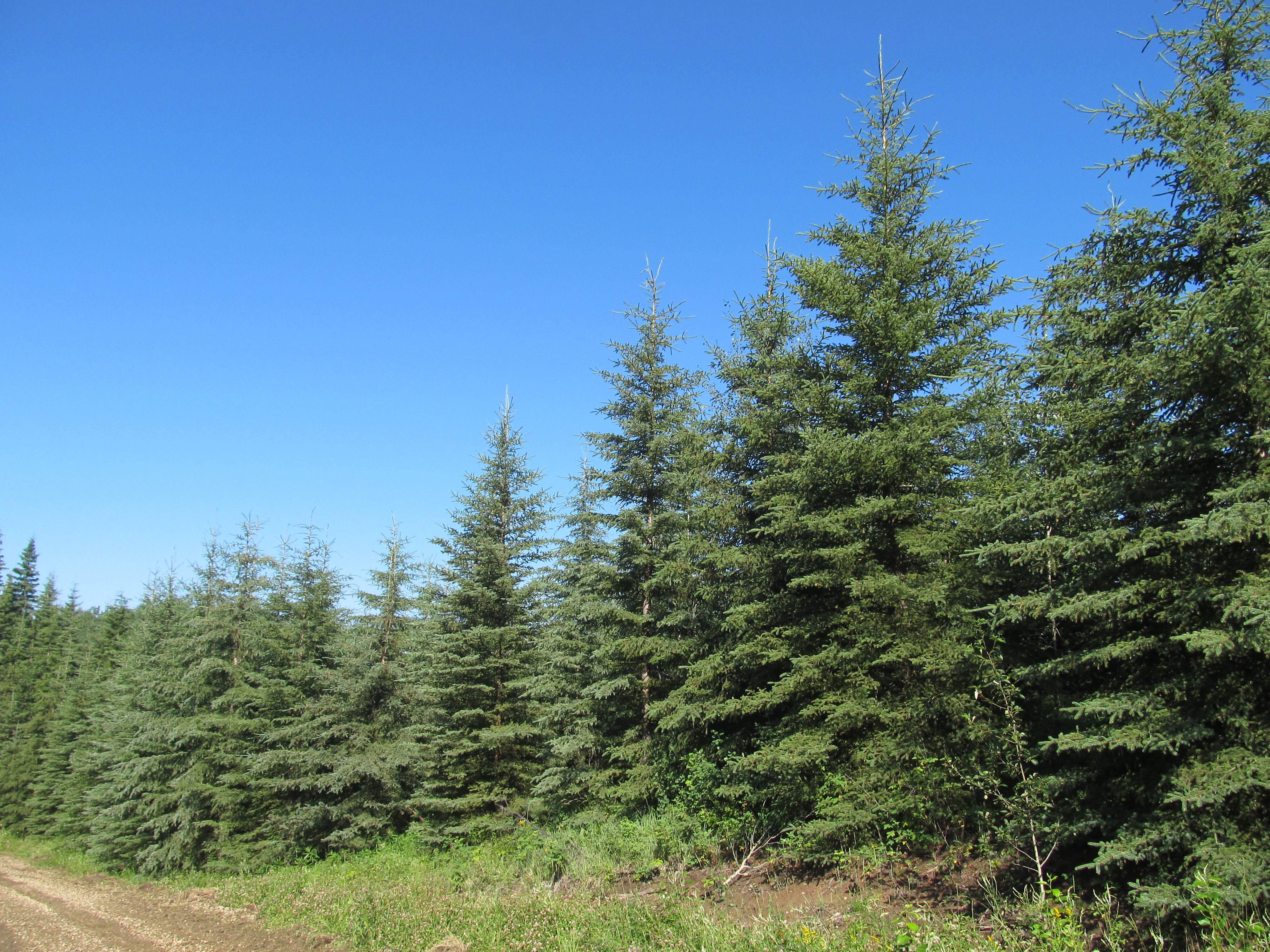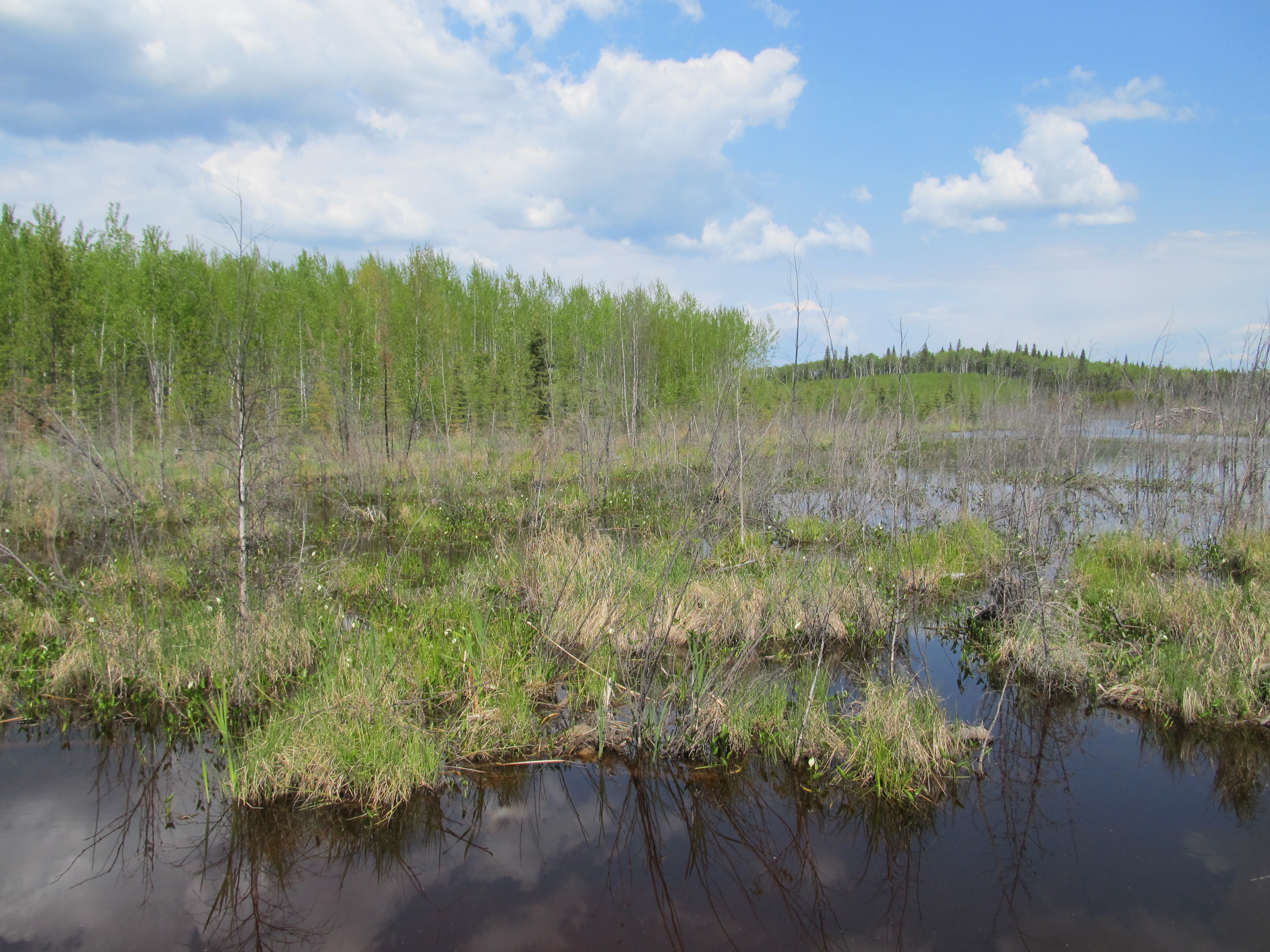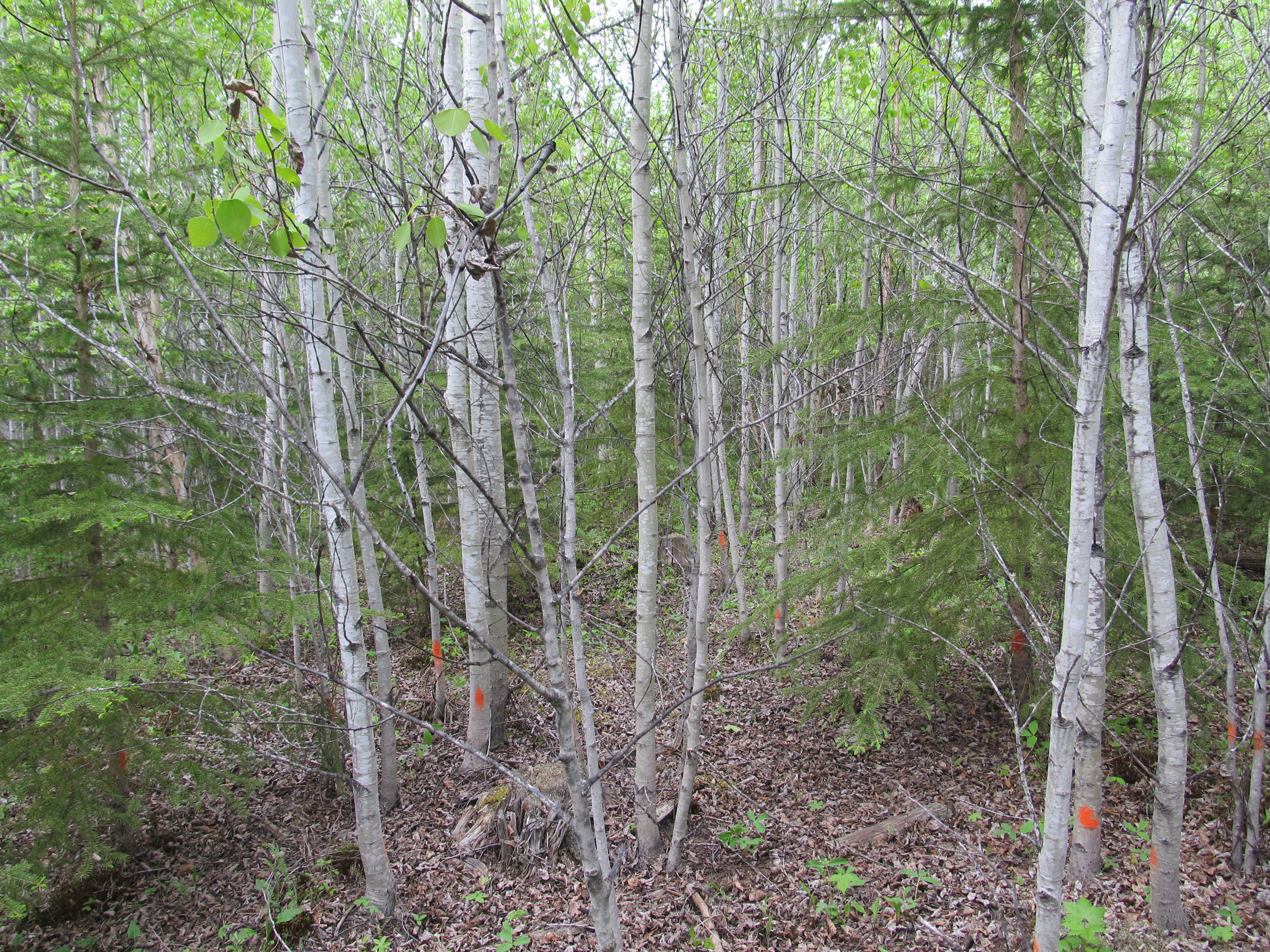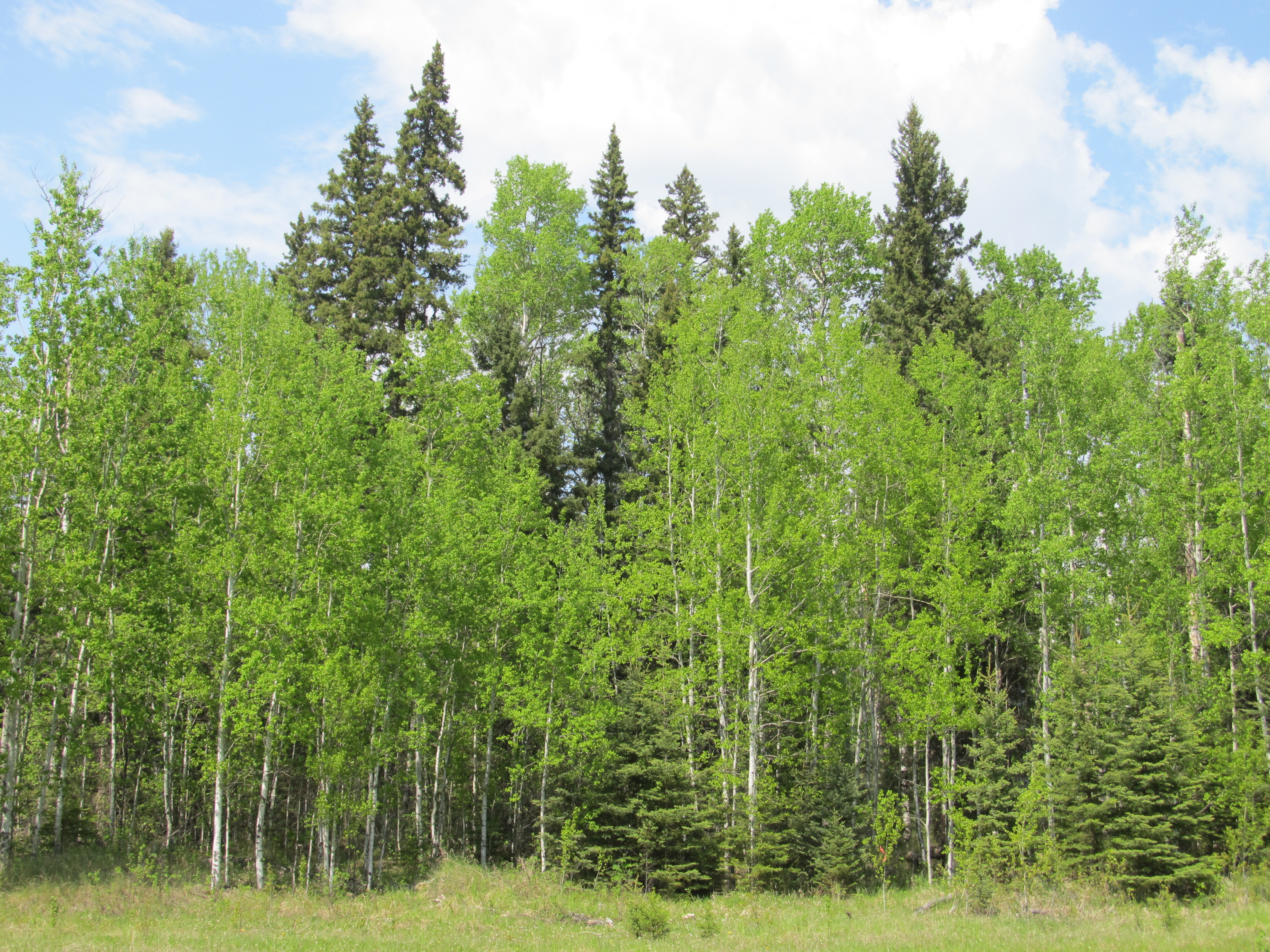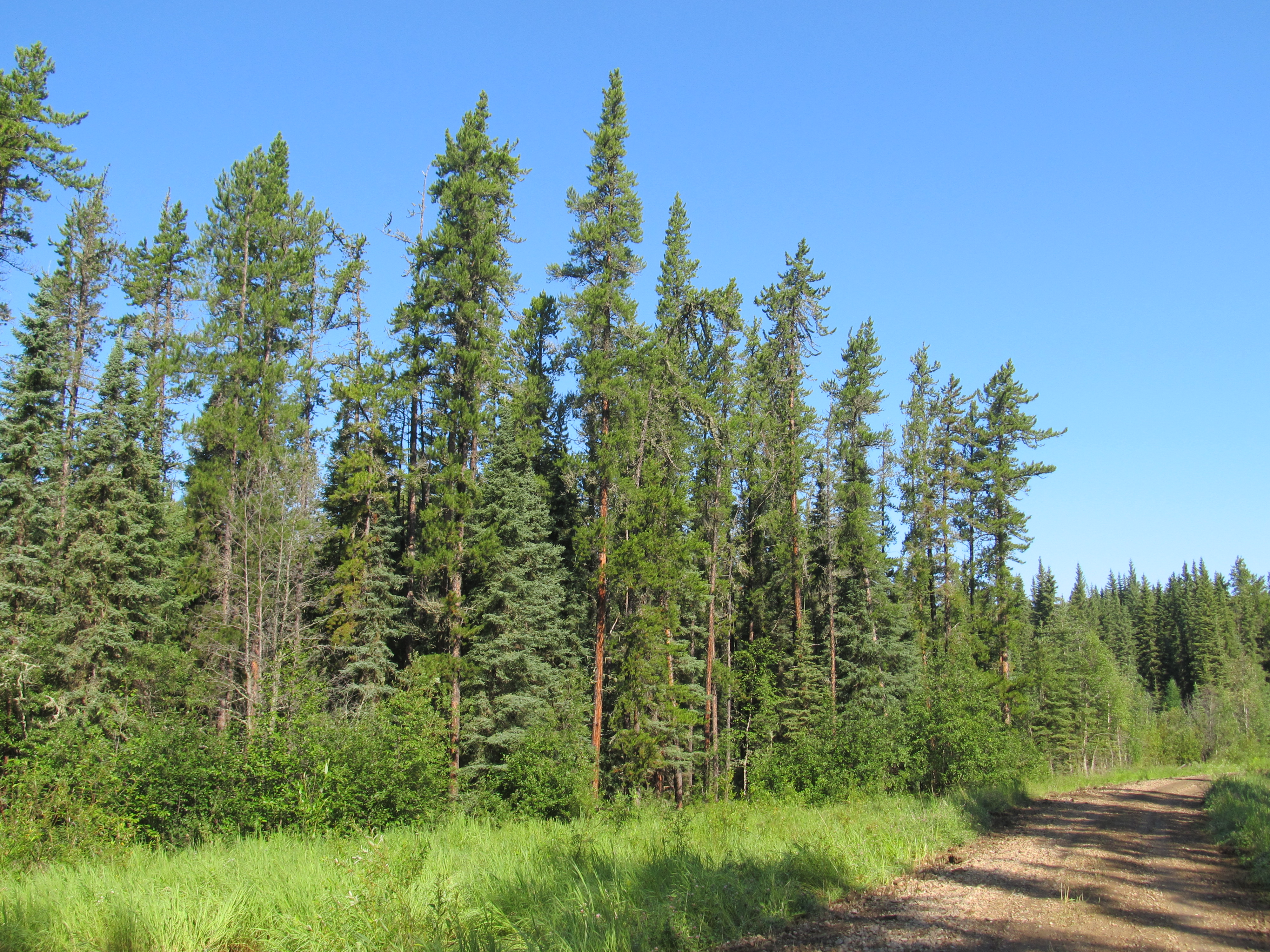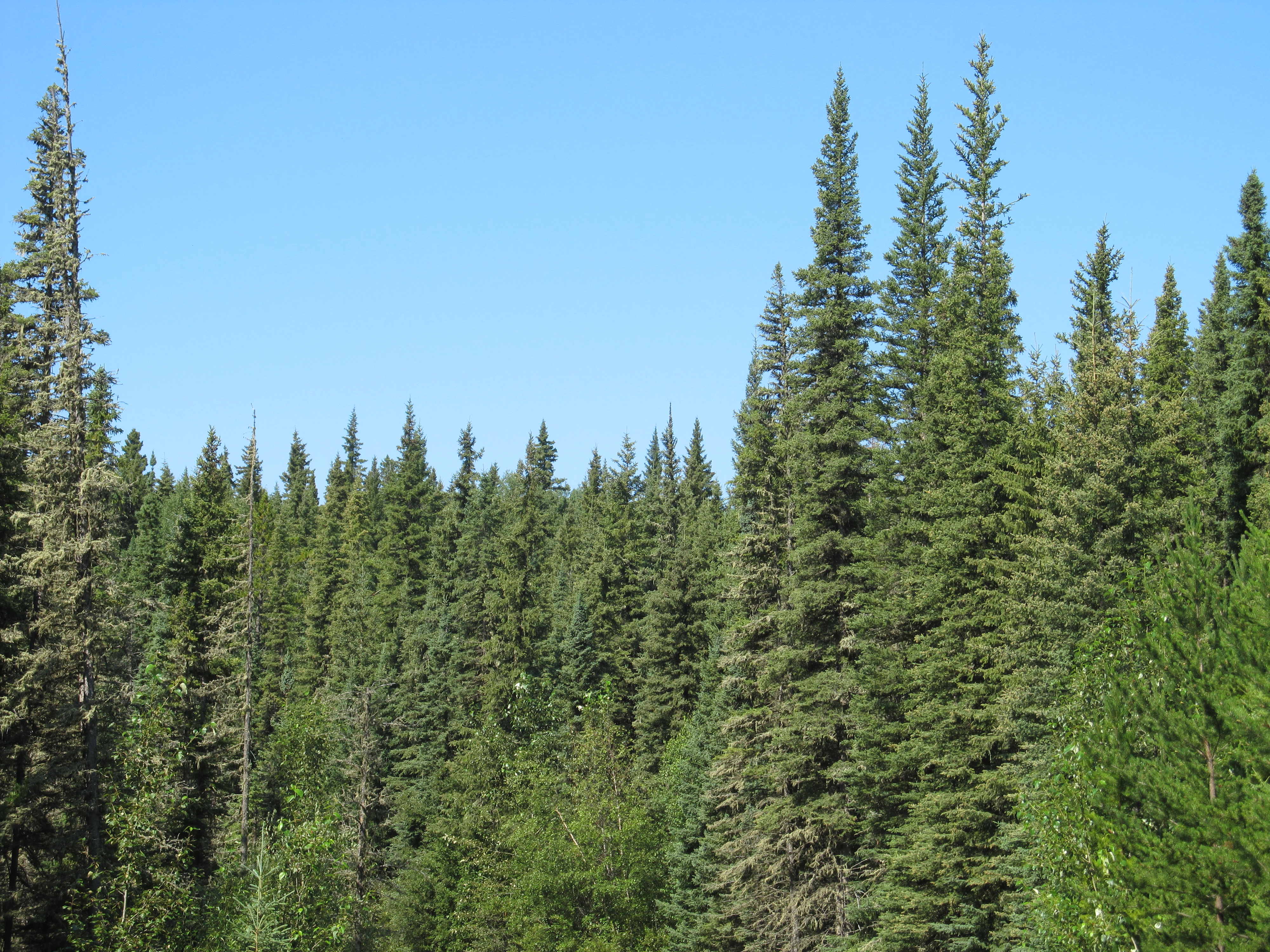Mixedwood Growth Model (MGM)
The Mixedwood Growth Model (MGM) is a deterministic, distance-independent, individual tree-based stand growth model for the boreal forest. MGM is capable of modeling pure or mixed stands of white spruce, trembling aspen, lodgepole pine, jack pine, and black spruce.
Among the forest growth models for Alberta, Saskatchewan, and Manitoba, MGM has the unique ability to model tree-level growth in mixed-species stands. MGM also complements other tree-level growth models for northeastern British Columbia. MGM's tree-level / mixed-species architecture supports the modeling of multi-cohort stands (Grover et al. 2014; Bjelanovic et al. 2022), managed-stand treatments (Bokalo et al. 2013; Comeau 2014; Comeau and Fraser 2018; Comeau 2021c; Bjelanovic et al. 2021), and fire-origin boreal forests (Bokalo et al. 2013). MGM also has the ability to model discrete spatial treatments like understory protection (Grover et al. 2014; Bjelanovic et al. 2022) and stands attacked by mountain pine beetle (Dempster and Meredith 2021). In addition, this version of MGM includes climate-sensitive survival functions (Cortini et al. 2017; Comeau 2021a) and a climate sensitive maximum size-density relationship (Comeau 2021b).
MGM’s growth and survival relationships are based on data from across the western boreal. Recent submodel updates have been published in Strimbu et al. (2017), Cortini et al. (2017), Comeau (2021a), Comeau (2021b), and Oboite and Comeau (2021). Regional variants of MGM are also available for Alberta, Saskatchewan, Manitoba, and northeastern British Columbia. These variants allow the use of local species codes, site index curves, and tree volume equations.
Last Modified: March 31, 2022

